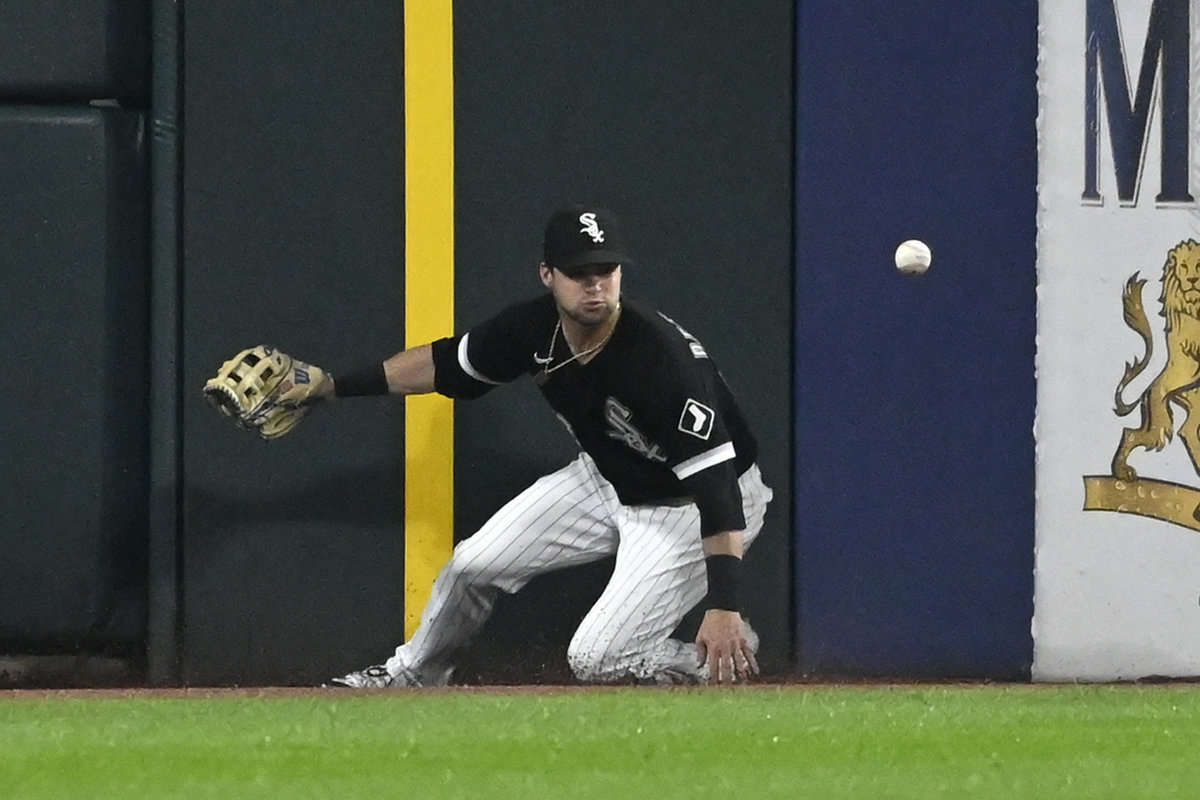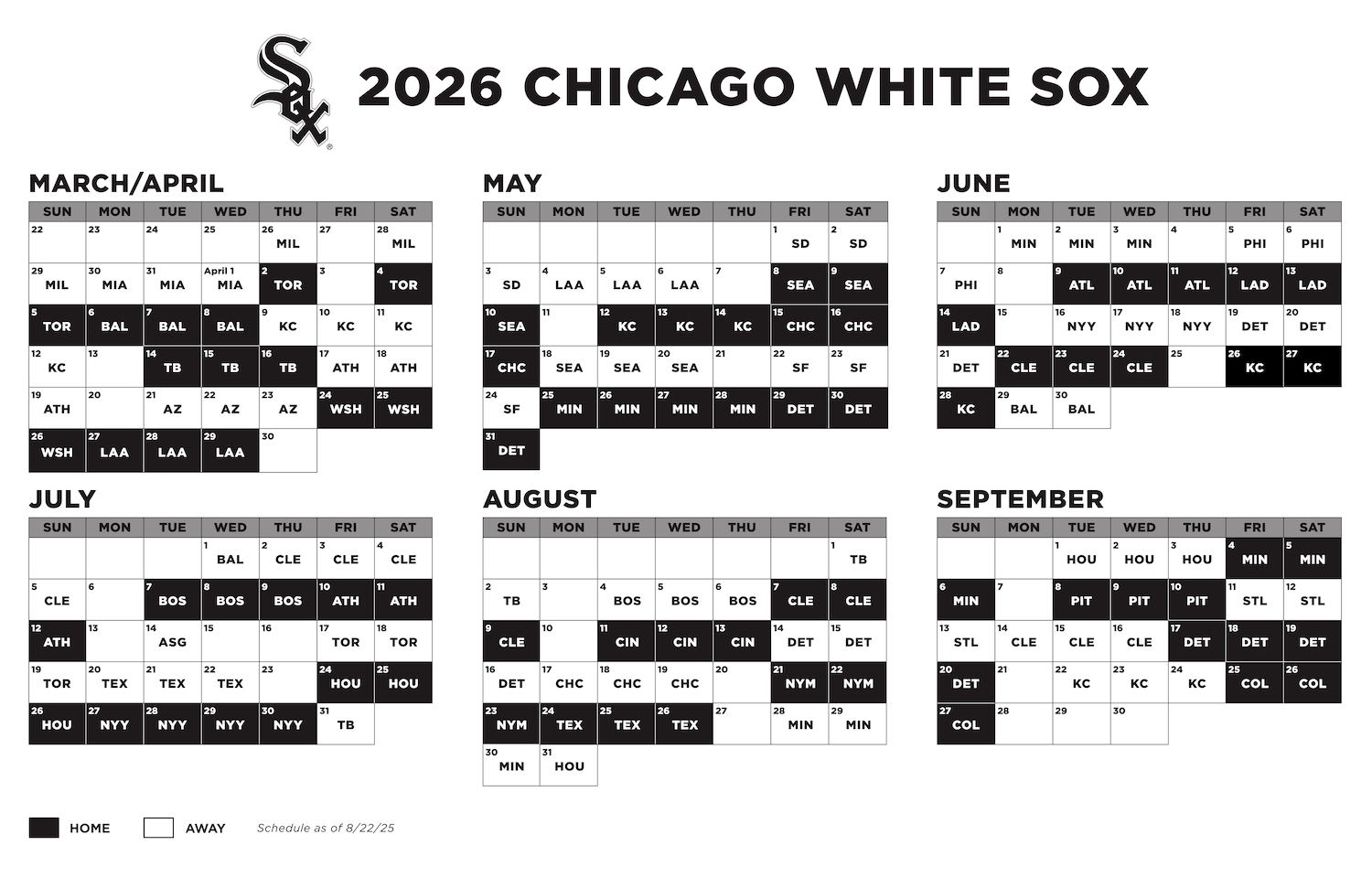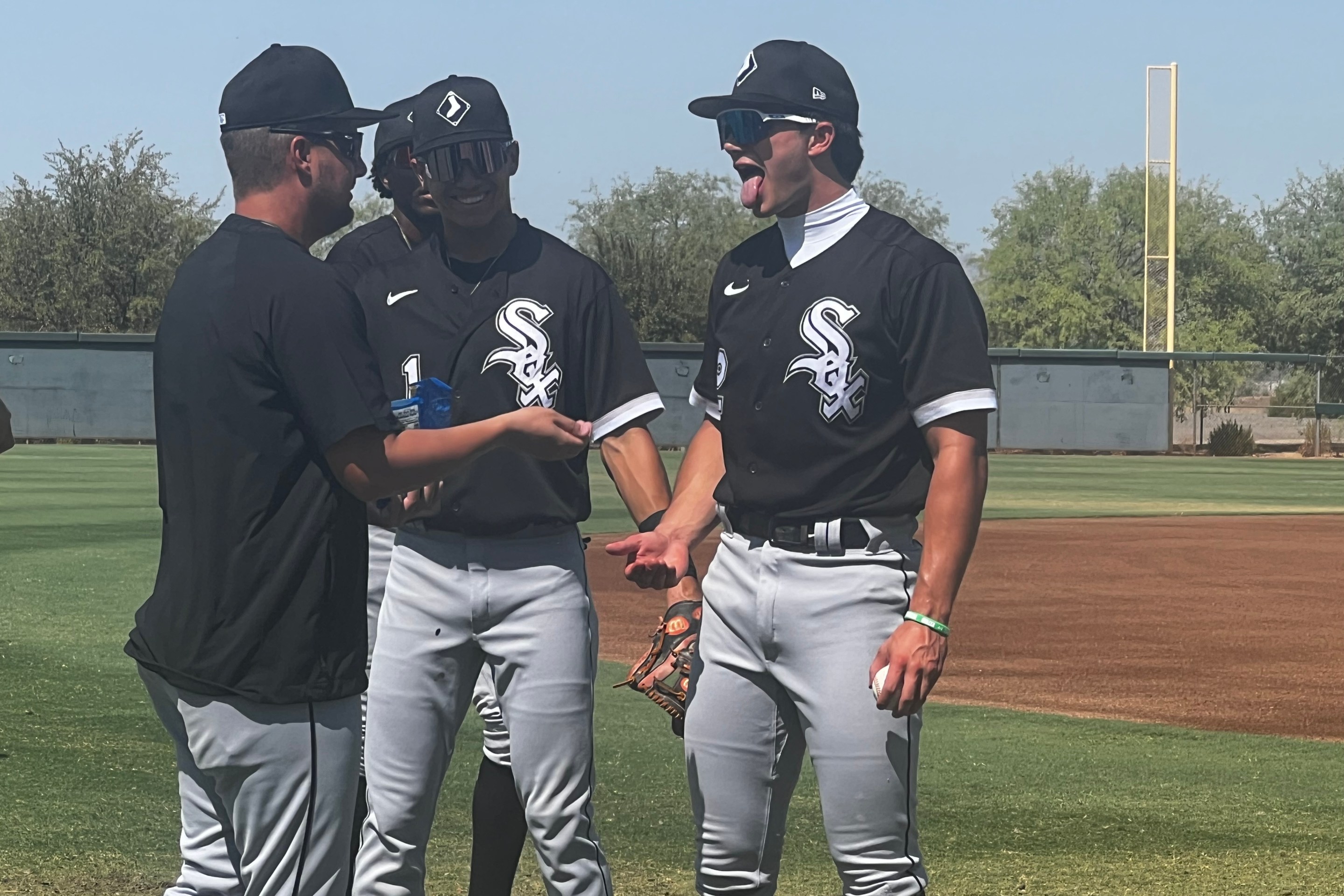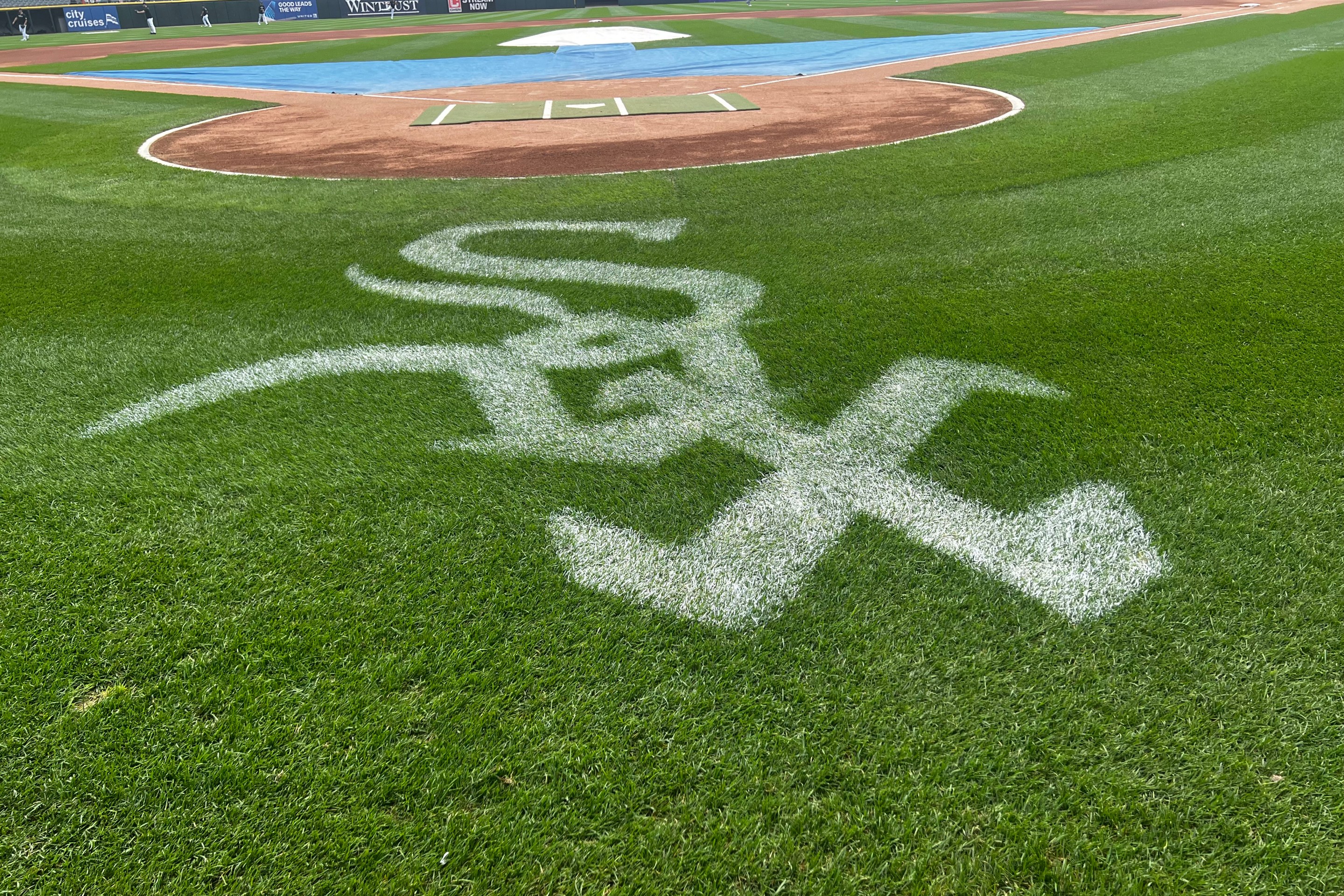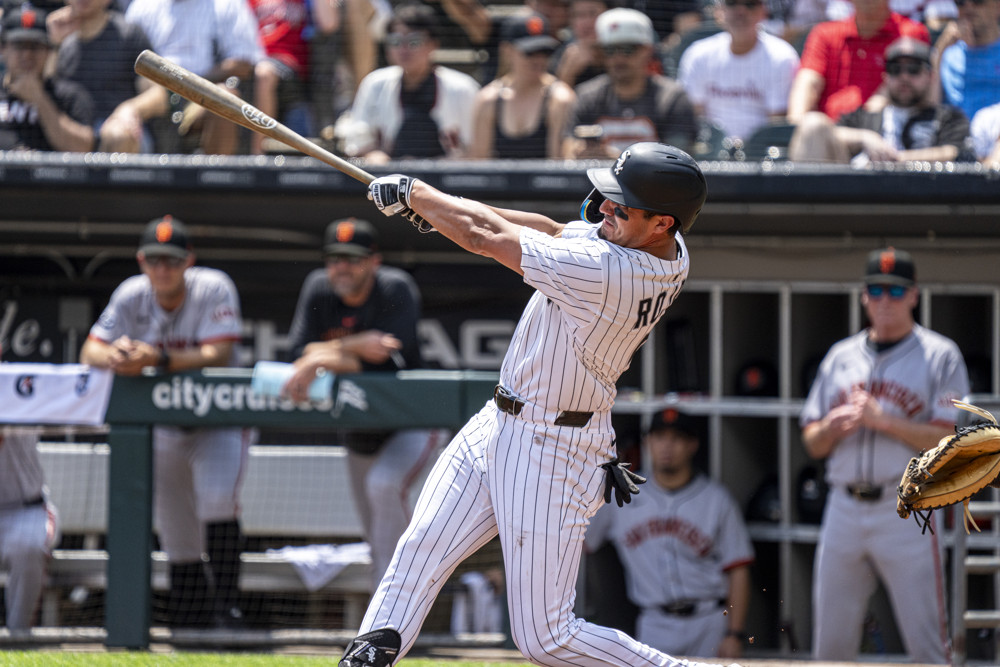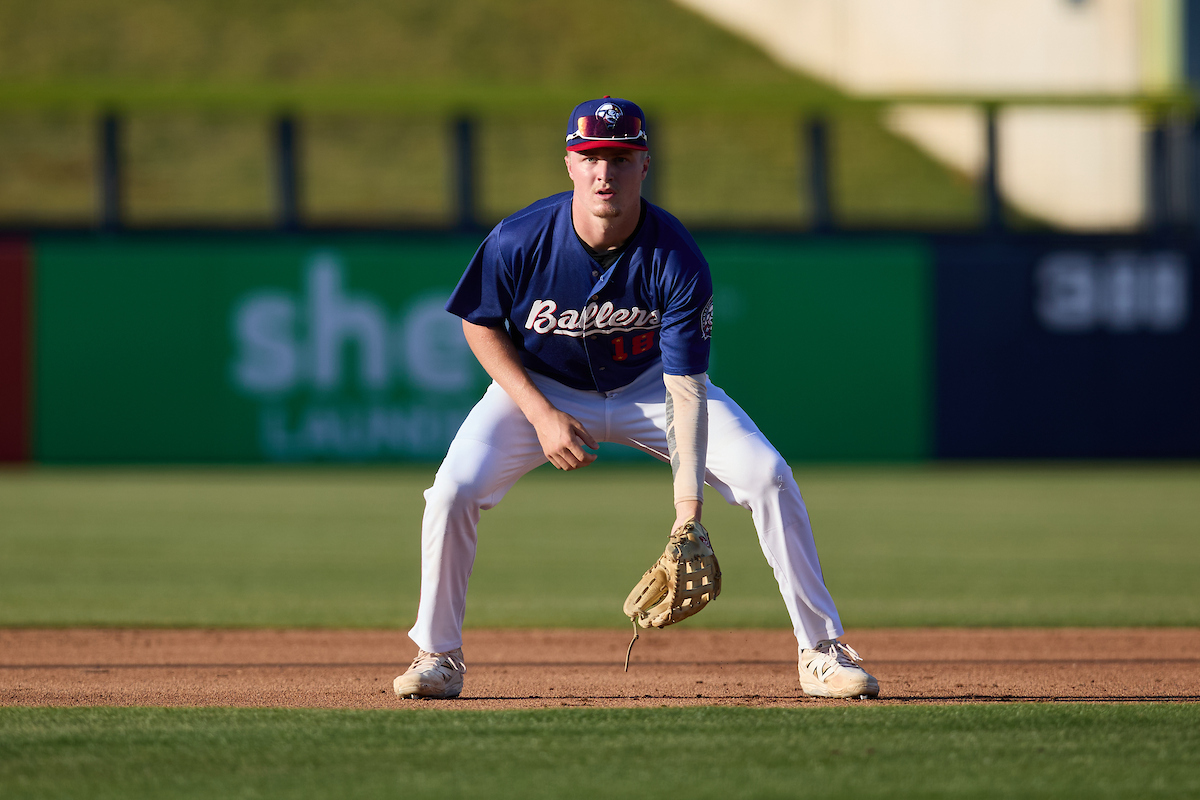As Yasmani Grandal's White Sox career winds down, some people may succumb to the urge to call him the worst free-agent signing in White Sox history.
The temptation is understandable, especially if you've erased Adam Dunn from your memory and don't recall the Jaime Navarro experience. Grandal signed for a then-record amount of money, the White Sox haven't had the kind of success everybody envisioned, and Grandal's fortunes have mirrored the team's.
But individually, it probably only rates as mildly disappointing. If you sign a 30-year-old catcher to a big four-year contract, you have to expect it to follow a certain curve, or slope:
- First year: Great
- Second year: Good
- Third year: Meh
- Fourth year: Uh-oh
Instead, Grandal went great, good, unbelievable disaster, uh-oh. That's sometimes how it goes when you're dealing with humans. Here, the risk is heightened when they play the game's most physically demanding position, and it was exacerbated by the White Sox's indifference towards mitigating injuries during Tony La Russa's second year. Maybe you could pin all the blame on Grandal were he an isolated case, but Yoán Moncada, Leury García and Luis Robert Jr. were also forced to take the field in unplayable conditions. At least Grandal delivered on his initial promise, so the White Sox understood that part of the assignment correctly.
As Andrew Benintendi closes out the first year of his franchise-record five-year deal, he skipped straight ahead to uh-oh, which invites the possibility of disaster lurking right around the corner.
Benintendi came into the year a lifetime .279/.351/.431 hitter, but he's underperforming all three categories (.263/.328/.360), and he's stuck on five homers for the second consecutive year. Instead of using Guaranteed Rate Field for power, he's committed himself even further to the contact-hitting lifestyle, putting more balls in play at the expense of more balls over the fence. He's striking out at a career-low 14.4 percent, but to no apparent benefit.
I'm willing to give him a mulligan on the offense, if only* because the White Sox signed him off season-ending hand surgery in 2022, and Rick Hahn seemed to habitually underestimate the effects of season-ending surgeries. Before Benintendi, it was Joe Kelly. Before Kelly, it was Kelvin Herrera. Before Herrera, it was Jeff Keppinger.
(*Also, because nobody has any choice.)
The problem is that hitting isn't Benintendi's sole concern. His defense has completely cratered by the main metrics as well ...
| Year | OOA | DRS |
|---|---|---|
| 2020 | 1 | 2 |
| 2021 | 0 | 7 |
| 2022 | 0 | 2 |
| 2023 | -11 | -5 |
... and that's what's tanking his value. An everyday outfielder with a league-average OBP who runs the bases well should be a 1.5 WAR player by default. Benintendi is instead running a 0.1 bWAR and a 0.0 fWAR because the metrics say he's not really an improvement over Gavin Sheets.
It's still unwise to make sweeping declarations off one year of defensive data, but advancements in the presentation of said data make it easier to understand why the results are the results.
You can go all the way back to the second game of the season, when Benintendi couldn't get to a soft Jeremy Pena line drive that fell in front of him, nor a deep drive by Yordan Alvarez that landed over Benintendi on the warning track, both of which contributed to the decisive innings in a Houston victory.
And those two kinds of plays have been a theme the whole season. Here's a supercut of line drives that fell in front (or off) of Benintendi:
Not all of these aborted missions are mistakes when considering the game state, because catch probability can't calculate the risk-reward proposition. However, some of them reflect an instinct to round off the ball instead of a confident line in, and an outfielder who can make that sharp break might not feel like there's any risk at all. Whether you take the time to consider the context, that's how he ends up at -5 OOA on balls that require him to break in.
Statcast says Benintendi is even worse on balls that require him to break back (-7 OOA), when there isn't the consolation prize of limiting an opponent to a single instead of giving up extra bases. Here's a montage of drives similar to the Alvarez double:
Most of these catches aren't routine or easy, but the thing about 50/50 balls is that they're supposed to be caught 50 percent of the time, and Benintendi doesn't have many successes that offset the ones where he came up short. Here's Benintendi laying out for a Dansby Swanson sinking liner before it hits the turf, and herés Benintendi flagging down a Willi Castro drive to the left-center gap. Such plays exist. They're just outnumbered.
Because Rick Hahn and Kenny Williams disregarded the value of corner outfield defense, we're intimately familiar with the kinds of bad a left fielder can be. If it doesn't feel like Benintendi is the kind of double-digit awful that Andrew Vaughn and Daniel Palka were, you're right, and it's reflected by Statcast's Success Rate Added stat. By and large, Benintendi is making the plays he should make, and the others couldn't say the same.
| Player | Year | Success Rate | Estimated | SRA |
|---|---|---|---|---|
| Daniel Palka | 2018 | 74% | 84% | -10% |
| Andrew Vaughn | 2022 | 76% | 86% | -10% |
| Andrew Benintendi | 2023 | 84% | 88% | -4% |
Benintendi is just running that steadily below-average rate for 1,215 innings in left field, so he's compiling terrible counting stats. If Sheets hit well enough to play 120 games in a corner, he'd probably be doing the same thing, as he's run a Success Rate Added deficit in the same neighborhood.
The fact that we can liken Benintendi's defense to Sheets' glove is a huge problem, because Benintendi was supposed to be well-rounded enough to offset the lack of power.
And maybe he will be. Perhaps a normal offseason without rehabilitation is what he needs, and perhaps he'll get a friendlier array of fly balls -- or simply more low-leverage settings -- that won't exhaust his risk tolerance on such a regular basis. Defensive stats can fluctuate for these reasons.
But as we've learned from the aforementioned injury cases of Kelly, Herrera and Keppinger, sometimes the White Sox think they're simply investing in a refurbished player, and instead they get a guy who simply stopped working the way he used to. If the thump is gone and the defense is on the fritz, the White Sox are going to need a new largest-ever contract to erase the shame of their judgment.
